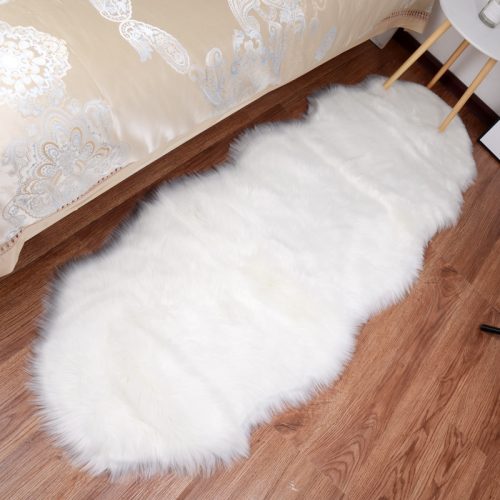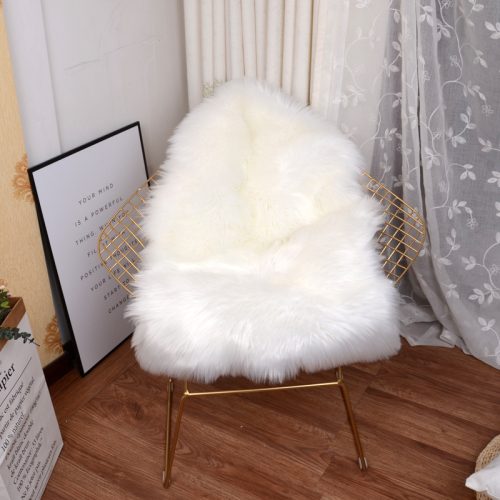The evolution of blankets is a fascinating journey that spans thousands of years, showcasing the human desire for comfort, warmth, and innovation. From simple animal hides to high-tech heated blankets, blankets have come a long way in terms of design, materials, and functionality. Here’s a brief overview of the cozy evolution of blankets:
- Animal Hides: The earliest “blankets” were likely animal hides that our ancestors used to cover themselves for warmth and protection. These hides provided a basic form of insulation and comfort.
- Woven Fabrics: As humans developed weaving skills, they began to create textiles from natural fibers like wool, cotton, and linen. These textiles were used to make blankets, offering improved warmth and comfort compared to animal hides.
- Traditional Handwoven Blankets: Various cultures around the world developed their own styles of handwoven blankets. These blankets often featured intricate patterns and designs unique to their respective regions.
- Quilts: Quilts emerged as a way to add extra layers of warmth and insulation to blankets. Quilts are made by sewing together multiple layers of fabric, with a layer of insulation (such as cotton or down) in between.
- Industrial Revolution: The Industrial Revolution in the 18th and 19th centuries brought significant advancements in textile production. This led to the mass production of blankets, making them more accessible to a wider range of people.
- Electric Blankets: In the early 20th century, electric blankets were introduced. These blankets had electrical heating elements built in, allowing users to adjust the temperature for personalized comfort. They became especially popular in colder regions.
- Synthetic Materials: With the development of synthetic materials like polyester and fleece, blankets became even more affordable, lightweight, and easy to care for. These materials also provided excellent insulation.
- Weighted Blankets: Weighted blankets, filled with materials like glass beads or plastic pellets, gained popularity for their potential therapeutic benefits. They are believed to provide a calming and comforting sensation, particularly for individuals with anxiety or sensory processing disorders.
- Smart Blankets: In recent years, technology has found its way into blankets. Smart blankets can connect to smartphones or other devices, allowing users to control temperature, monitor sleep patterns, or even charge their devices through integrated USB ports.
- Sustainable Blankets: As environmental concerns have grown, there has been a shift toward eco-friendly and sustainable materials for blankets. Recycled and organic fabrics, as well as blankets made from renewable resources like bamboo, have become more common.
- Customization: Many companies now offer personalized blankets that can be customized with photos, designs, or messages, making them unique and sentimental gifts.
The evolution of blankets reflects our changing needs, technologies, and cultural preferences over time. Today, blankets come in a wide variety of styles, materials, and features, ensuring that there’s a cozy option for everyone, no matter their preferences or needs.


